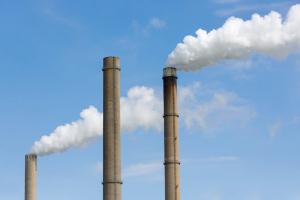A strategy for completely removing mercury from environmental emissions.
J. Michael Burton is a Founding Partner with Natural Environmental Solutions (NES) and currently serves as CEO. Scott Hurst, Ph.D. is a physical chemist, a co-founder of NES, and an Associate Professor of Chemistry at West Virginia University Institute of Technology. Richard Squire, PhD is a Professor of Chemistry at West Virginia University Institute of Technology with more than 35 years of experience designing and starting-up a number of commercial facilities highly hazardous chemicals, without incident. Jay Wiedemann, PhD is an Associate Professor of Chemistry at West Virginia University Institute of Technology.
Mercury is a trace element in coal which currently is emitted from coal fired electric generating power plants. The ultimate presence of mercury in the environment results in a cumulative poisoning of people as illustrated in Figure 1.

Many industries produce contaminants such as mercury as byproducts in their production processes which are expelled in the air and water as pollutants into our environment. These contaminants have been deemed detrimental to our ecosystems in general and human health specifically and are thus heavily regulated. Ironically, the EPA cites recent increases in the contamination of waterways as attributable to industry's increased use of clean air technology. Such is also going to be the case when powered activated carbon (PAC), a sorbent which can capture most of the gaseous mercury from coal-fired power plants, is used. As illustrated in Figure 2, mercury will then be spread throughout the power plant processes in an effort to clean the air and much of it will end up in the retention ponds. There, anaerobic bacteria has a high probability to transform the toxic mercury into the highly toxic methyl mercury.
What is needed is technology that removes the mercury and concentrates it in a single small location instead of contaminating our air and waterways. We have such a process, discussed below.

